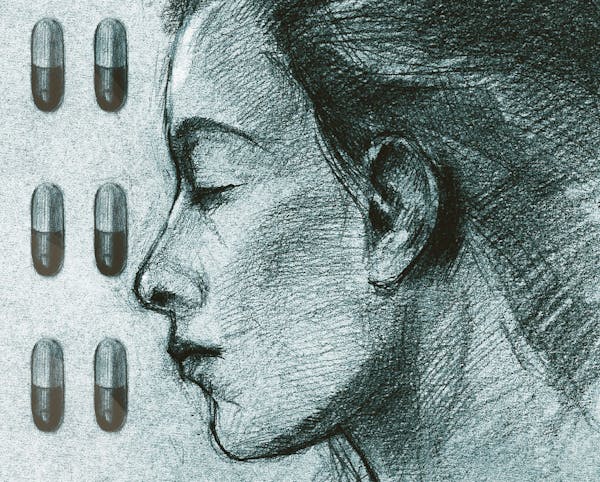The Star Tribune summary on April 1 of the New Times article on attention deficit hyperactivity disorder ("ADHD cases rising sharply among boys") should be read by every parent. The 53 percent increase in the diagnosis of ADHD in the past 10 years cannot be explained on the basis of genetics or any other biological discovery that would permit a valid diagnosis.
Instead, this remarkable increase is simply the result of marketing by Big Pharma, of mutual back-scratching within the medical-industrial complex, and of parental fears over behaviors that might affect their kids' chances of success.
But ADHD and the use of stimulants such as Ritalin are only part of the larger picture of the medicalization of virtually every form of behavior that deviates even slightly from a mythical norm.
True, ADHD set the tone after it was introduced in the diagnostic manual (DSM-II) in 1968 as "hyperkinetic disorder of childhood," then was changed to ADHD in 1980 in the famous — or infamous — DSM-III. The result? By 1995, there were 6 million prescriptions being written for Ritalin every year, with sales of stimulants rising from $4 billion in 2007 to $9 billion in 2012.
In the meantime, there was a sixfold increase in the use of antipsychotics in children and adolescents from 1993-2002. But 86 percent of antipsychotic use was aimed at treating nonpsychotic conduct and other behavioral disorders, despite the significant metabolic and neurological consequences of drugs such as Zyprexa, Risperdal, and Seroquel.
So why not use a combination of stimulants and antipsychotics in the treatment of ADHD? Indeed. Use of the combination increased a whopping 600 percent between 1990 and 2007, never mind the consequences.
Depression and bipolar disorder weren't left out of these epidemics. As the epidemiologist Julie Zito has noted, only one in 250 American children under 19 was taking an antidepressant in 1998.
By 2002, this had increased to one in 40. A similar increase has been seen in adults, with a 300 percent increase in the use of antidepressants from the late 1980s (when Prozac came out) to 2000. In the period, the diagnosis of pediatric bipolar disorder rose 40-fold.
Again, none of this is explainable on the basis of biology or genetics. It is market-driven.
Back to ADHD. While there is evidence of clinical effectiveness of stimulants in the short term, long-term studies are a different matter. A follow-up of an National Institute of Mental Health study after six years found worsening hyperactivity and greater overall functional impairment.
There is also concern about the long-term effects of stimulants on the developing brain, given various structural changes found in animal studies. But this area is badly in need of additional work in humans.
In view of the serious questions about the long-term effects of stimulants, the decision to loosen the diagnostic criteria in DSM-5 is badly misguided. Parents beware!
---------------
Charles E. Dean, of Apple Valley, is a psychiatrist.
Cut down on electronic waste in Minnesota
In Minnesota, statistical gloom amid the hope of a progressive-led boom


